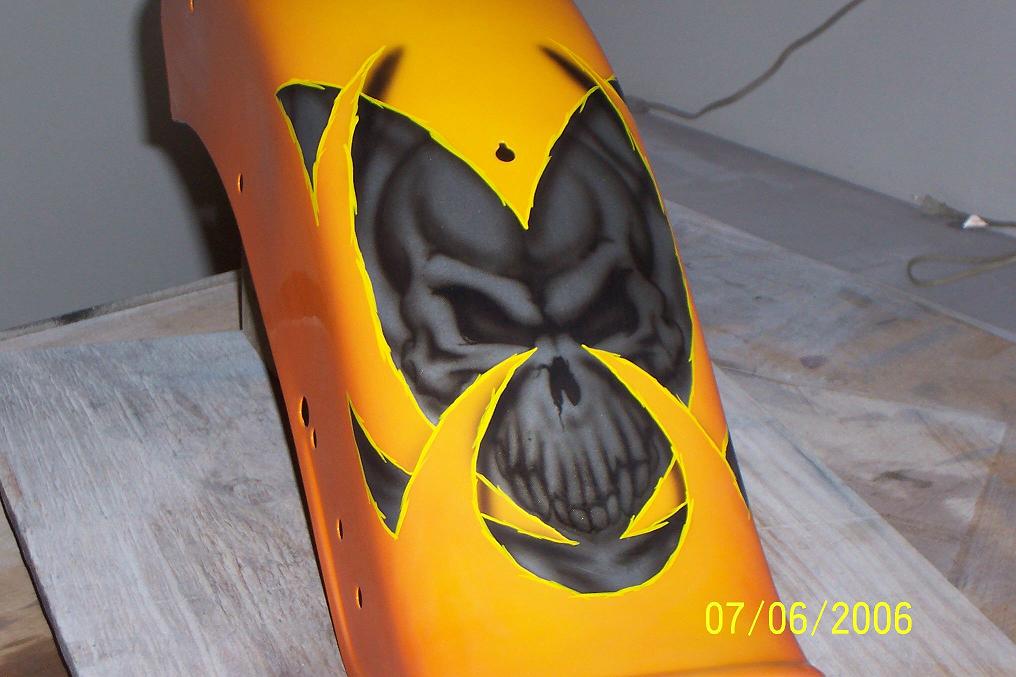
 |
|
||||||||||||
|
|
|||||||||||||
|
|
|||||||||||||
|
|
|||||||||||||
|
The hoses from the spray tank to the atomizer are used to convey the paint material. Hoses are made of pressure-suction rubber-fabric hoses for oils and liquid fuels. This hose is produced as per GOST 2318-43, type B - gasoline resistance. Hydraulic pressure during tests - not less than 20 kgf/cm2, and during operation - up to 7 kgf/cm2. Inside diameter of the hose may be 9, 12 or 16 mm. Paint sprayers Depending on the type of spraying head and the principle of operation paint sprayers are distinguished: - high pressure (working pressure of 3 to 6 kgf/cm2); - low pressure (2.5 - 3 kgf/cm2). Also sprayers may be of internal or external mixing. To paint sprayers (spray guns) of high pressure internal mixing refers C-512, which is almost never used in mechanical engineering. To the high pressure external mixing paint sprayers are the following brands: KRU-1, O-37A, ZIL, KR-10, KA-1. The most widespread is the paint sprayer KRU-1. It is used to spray paintwork materials with a working viscosity at room temperature (18 - 23 ° C) up to 40 s by VZ-4. Supply of paintwork material to the spray gun can be carried out from the cup (small tank) which is mounted on the bottom or top of the spray gun, or from the spray tank through the bottom nozzle. Almost all spray guns in their structure are similar to the KRU type spray gun. But still, can be equipped with an improved spray head and have a greater number of holes for air (with their help you can change the shape of the torch). Valves that regulate the air and paint material supply are designed to adjust the atomizer. The paint sprayers with increased performance can include devices of ZIL brand. Paint sprayer KA-1 (needle opens with air automatically) is widely used when painting parts heated or cold paint on the automatic in-line lines. Electrospraying (spraying in high-voltage electric field) The essence of electrospraying is the transfer of charged paint particles in a high voltage electric field. The electric field is created between two electrodes, one of which is the product to be painted and the other is a spraying corona device. The product is grounded and a high voltage (often negative) is connected to the paint sprayer. The paint material is fed to the atomizer (at the corona edge), where it is negatively charged, and is atomized by electrical forces. The flow of atomized paint material is directed to the product to be painted and is deposited on its surface. Electric painting is used to apply protective layers both on metal and non-metal surfaces (rubber, wood, etc.). Painting is often carried out on conveyor lines with the use of stationary equipment or handheld sprayers. The productivity of the painting process depends on which types of spraying equipment are used and how many of them there are. Manual paint sprayers are characterized by rather low productivity, although they have some advantages: low consumption of paint material (no losses), the ability to paint products of lattice structure, etc. On stationary units the parts of rather simple shape are painted: washing machine housings, car bodies, housings of various devices, electric motors, refrigerators, etc. |
|
|
|
|
|
|
|
| Site Map |